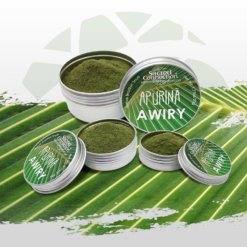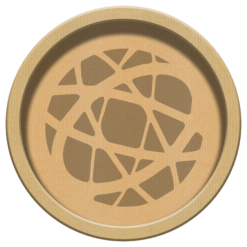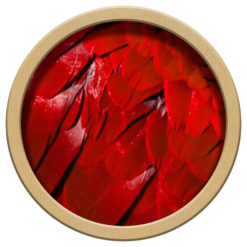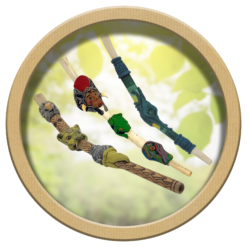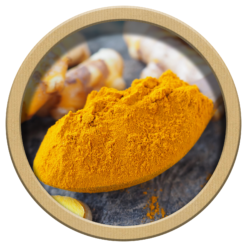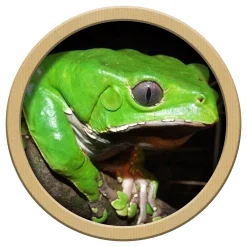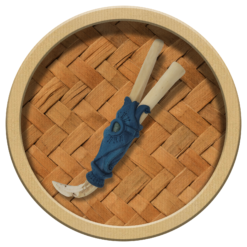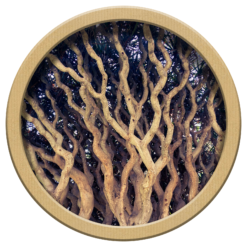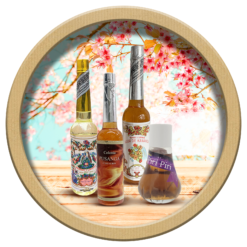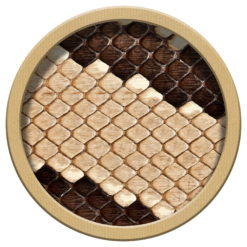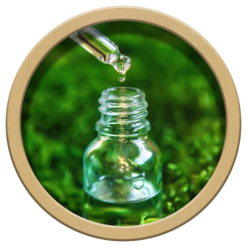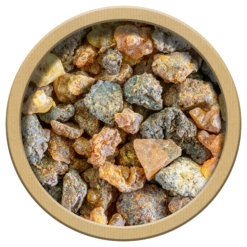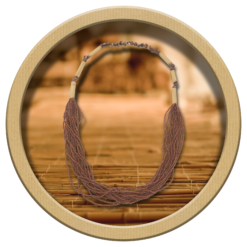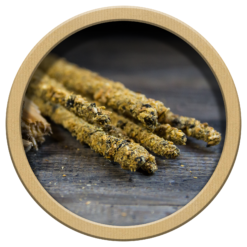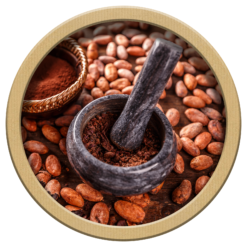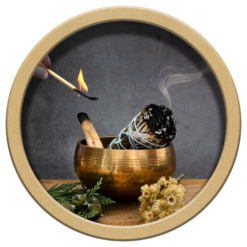They live scattered along the banks of the Purus river, the Apurinã share a rich cosmological and ritual complex. The language is of the Aruak root, Read More...
Apurinã Rapé
$11.90 – $76.50
What is apurinã rapé and where does it come from?
The Apurinã snuff's differentials
The Awiry tobacco used by the Apurinã people is not fermented or heated; instead, it is allowed to dry naturally while retaining its green color. Once dried, the Awiry is ground up without being mixed with ashes, resulting in a raw and potent form of Rapé.
Unlike most Indigenous Rapés, which are blown using a Kuripe or a Tepi, the Apurinã Awiry is inhaled through a tube. This method is also used by some tribes that use Yopo, where they take some of the powder in their hand and sniff it through a bone or a wild bamboo tube. Naturally a Kuripe or Tepi can also be used.
Take a look at others sacred snuffs!
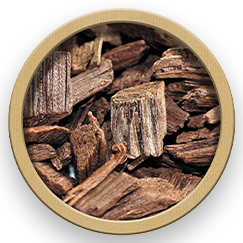
Caboclo
During the post-colonization period in South America, a syncretic relationship emerged that blended Indigenous, European, and African cultures, resulting in the Caboclos people. This fusion gave birth to new tastes and knowledge, creating a unique experience of the elements. See more...

Nukini
The Nukini people migrated during the Peruvian rubber boom, and now preserve their cultural heritage, including their use of sacred medicines like high-quality Rapé Snuaaffs. These blends are used in traditional healing ceremonies and are believed to have physical and spiritual benefits. See more...

Kuntanawa
The Kuntanawa, also referred to as the People of the Palm Fruit or the People of the Stars, live within the Alto Juruá Indigenous Reserve in the state of Acre. Their population is approximately 400 people, and they reside in the Kuntamanã and 7 Stars villages. See more...
